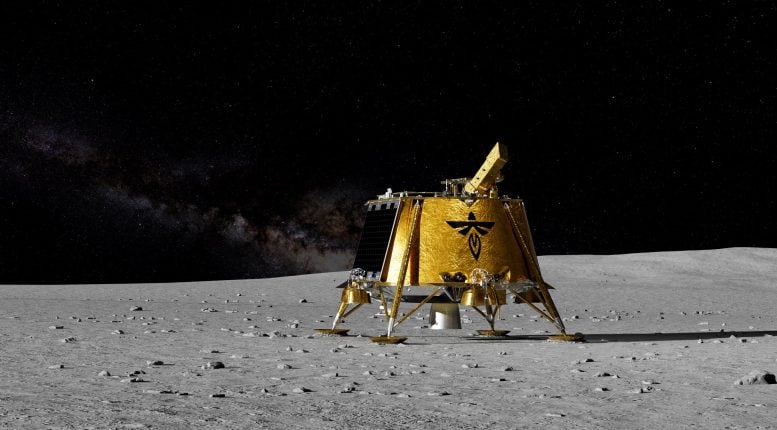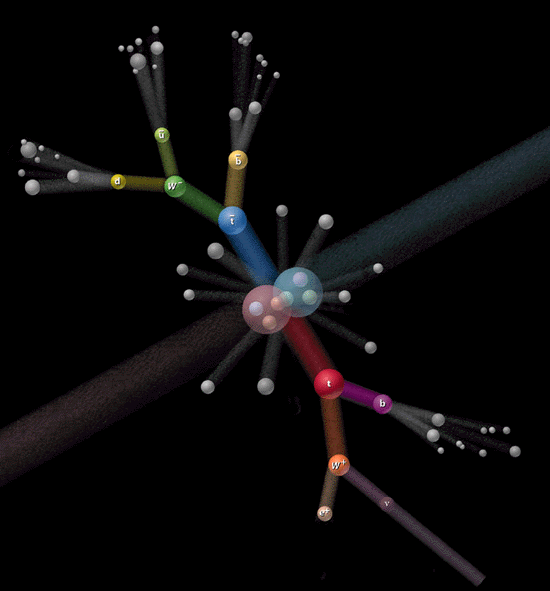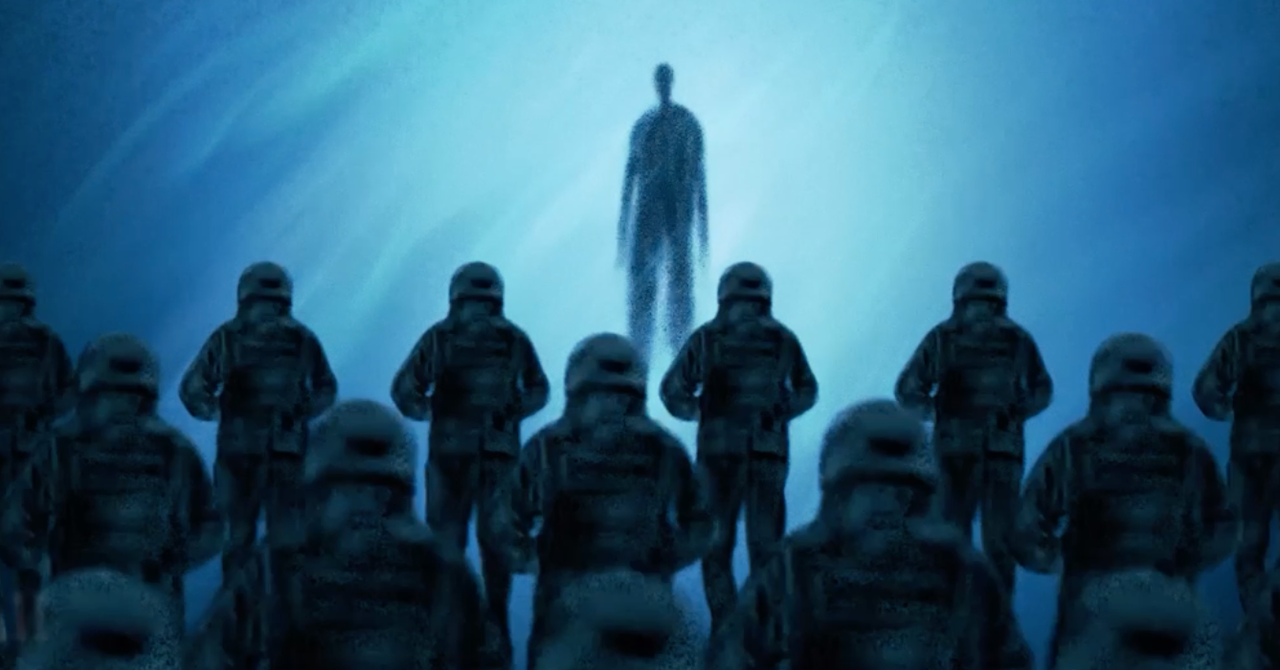
Earth’s Energy Imbalance is now about four times as high as it was a decade ago, as illustrated by the above image, by Eliot Jacobson. As a result, feedbacks are starting to kick in with greater ferocity.
Water vapor feedback
 |
| [ surface precipitable water through August 2024 ] |
More ocean heat and water vapor moving to Arctic

The temperature rise also comes with stronger wind. An earlier post points at a study that found increased kinetic energy in about 76% of the upper 2,000 meters of global oceans, as a result of intensification of surface winds since the 1990s.
Stronger wind speeds up ocean currents, enabling more ocean heat to move to the Arctic, while stronger wind also enables more water vapor to move to the Arctic and more rain to fall closer to the Arctic, along the path of prevailing ocean currents and wind patterns. As a result, both heat and water vapor will increase in the Arctic.
The resulting temperature rise in the Arctic also reduces the snow and ice cover, further amplifying the temperature rise in the Arctic, while the temperature rise and the presence of more open water will also enable more evaporation, resulting in more water vapor in the atmosphere over the Arctic.
High levels of methane are already present over the Arctic and the water vapor feedback makes things worse. Additionally, more ocean heat entering the Arctic Ocean threatens to further destabilize sediments at the seafloor that contain methane hydrates and cause even more methane to erupt, resulting in huge amounts of methane entering the atmosphere over the Arctic, from the hydrates and also from free gas underneath the hydrates.
 |
| [ click on images to enlarge ] |
More water vapor and rainfall combined with higher temperatures will also cause more methane releases from lakes, wetlands and permafrost on land in the northern parts of Canada, Europe and Siberia.
The image on the right shows a forecast by Climate Reanalyzer of high temperature anomalies in the northern parts of Europe on September 7, 2024.




The temperature rise is hitting the Arctic hard, as illustrated by the image below, created with NASA content.


Polar amplification of the temperature rise causes a relative slowing down of the speed at which heat flows from the Equator to the poles. This impacts ocean currents and wind patterns, resulting in slowing down of the Atlantic meridional overturning circulation (AMOC) and of ocean currents around Antarctica that carry heat to the deep ocean, as well as in deformation of the Jet Stream.
Warmer oceans also result in stronger stratification, which further contributes to make it harder for heat to reach the deeper parts of oceans. As a result, a larger proportion of heat that was previously entering oceans will instead remain in the atmosphere or accumulate at the ocean surface, and slowing down of the overturning circulation further contributes to this, as discussed above.
At the same time, overall global wind strength increases as temperatures rise, and as the Jet Stream gets more deformed, this can at times strongly boost the flow of wind and water along prevailing ocean currents, wind patterns and storm tracks that carry heat toward the Poles. Furthermore, polar amplification of the temperature rise results in a relatively stronger rise in water vapor in the air over Antarctica and the Arctic.

At times, part of this accumulated energy can, in the form of ocean heat and precipitable water, be abruptly transported to the Arctic, along the path of prevailing ocean currents and wind patterns boosted by stronger wind and storms. This is illustrated by the above image that shows unusually high amounts of precipitable water recorded near the North Pole on September 1, 2024, at 04 UTC (20 kg/m² at the green circle). This can be further facilitated by the formation of a freshwater lid at the surface of the North Atlantic that enables more ocean heat to travel underneath this lid to the Arctic Ocean.

Temperatures remain high
Temperatures remain high, even while a transition to La Niña is expected by Sep-Nov 2024, persisting through Jan-Mar 2025, as illustrated by the image below, adapted from NOAA.


The image below illustrates that, for 14 consecutive months, the temperature anomaly has exceeded 1.2°C above 1951-1980 or (more aptly) 2°C above pre-industrial, and is rising again, even while El Niño ended April 2024.

Similarly, the image below illustrates that, for more than 14 consecutive months, the temperature anomaly has been high, i.e. about 0.8°C (± 0.3°C) above the 1991-2020 average and much more when compared to a pre-industrial base, with little or no sign of a return to earlier temperatures. On September 2, 2024, the temperature was 0.8°C above 1991-2020, the highest anomaly on record for that day of the year.
 |
| [ click on images to enlarge ] |

A huge temperature rise could unfold by 2026, as the joint result of changes in the atmosphere, changes in surface and cloud albedo, changes in wind patterns & ocean currents, and further developments, e.g. in a cataclysmic alignment, a strong El Niño could develop in 2025 which, in combination with higher than expected sunspots, could make a difference of 0.75°C. Sunspots are expected to reach a peak in the current cycle in July 2025.
Sea ice disappearing fast
Sea ice is disappearing over large parts of the Arctic Ocean, including near the North Pole.

The above compilation image shows, on the left, that Arctic sea ice volume was at a record low for the time of year on September 5, 2024, as it has been for most of the year. On the right, an image by the University of Bremen showing sea ice concentration on September 5, 2024.

The Danish Meteorological Institute (DMI) image at the top right is from an earlier date, not yet showing the 2024 minimum, yet it does show that the minimum volume in earlier years was not as far below 5000 km³ as it was in 2024. The 2024 minimum is depicted on the DMI image on the bottom right, showing that Arctic sea ice volume was well below 5000 km³ on September 10, 2024.

In the above image the two DMI images overlap, highlighting that Arctic sea ice volume did reach a record low in 2024.

A huge temperature rise could occur soon
As temperatures keep rising in the Arctic, changes to the Jet Stream look set to intensify, resulting in loss of terrestrial albedo in the Arctic that could equal the albedo loss resulting from sea ice decline.
Further feedbacks include permafrost degradation, both terrestrial and on the seafloor of the Arctic Ocean, which looks set to cause huge releases of greenhouse gases (particularly CO₂, CH₄ and N₂O).
This would in turn also cause more water vapor to enter the atmosphere, further speeding up the temperature rise, especially in the Arctic, where vast amounts of methane are contained in sediments at the seafloor and where there is very little hydroxyl in the air to break down the methane.
Temperatures look set to rise further in the Arctic, due to falling away of sulfate aerosols, as illustrated by the IPCC image below that shows how much temperatures are currently suppressed in the Arctic due to aerosols and thus also shows how much temperatures in the Arctic look set to rise as the aerosol masking effect falls away.

Furthermore, the combined impact of aerosols and nitrogen fertilizers has been underestimated; a recent study concludes that when ammonia, nitric acid and sulfuric acid are present together, they contribute strongly to the formation of cirrus clouds.
At the same time, there could be a temperature rise due to releases of other aerosols that have a net warming impact, such as black and brown carbon, which can increase dramatically as more wood burning, forest fires and urban fires take place, which again would hit the Arctic hard by darkening the surface as they settle on the snow and ice cover, thus speeding up its decline.

 |
| [ click on images to enlarge ] |
A 2020 study led by Jorgen Randers concludes that the world is already past a point-of-no-return for global warming, as self-sustained thawing of the permafrost will continue for hundreds of years, even if global society did stop all emissions of man-made greenhouse gases immediately, due to a combination of declining surface albedo (driven by decline of the Arctic snow and ice cover), increasing amounts of water vapor in the atmosphere (driven by higher temperatures), and changes in concentrations of further greenhouse gases in the atmosphere (driven by changes in sinks and sources of carbon dioxide and methane such as thawing permafrost), as illustrated by the image on the right, from an earlier post.
The situation is dire and the precautionary principle calls for rapid, comprehensive and effective action to reduce the damage and to improve the situation, as described in this 2022 post, where needed in combination with a Climate Emergency Declaration, as discussed at this group.

Links
• NOAA – Physical Sciences Laboratory
https://psl.noaa.gov
• NOAA – Global Monitoring Laboratory – Carbon Cycle Gases
https://gml.noaa.gov/dv/iadv/graph.php?code=BRW&program=ccgg&type=ts
• Cataclysmic Alignment threatens Climate Catastrophe
Discussed on facebook at:
• Copernicus – Atmosphere
• NASA – Gistemp
• NASA – Worldview
• Danish Meteorological Institute – Arctic sea ice volume and thickness
https://ocean.dmi.dk/arctic/icethickness/thk.uk.php
• University of Bremen – Arctic sea ice
https://seaice.uni-bremen.de/start









Leave a Comment